Why Building Super-Fast Trains in The West is Stupid
The choice is not between building like China or building nothing at all!
There is a profoundly stupid idea that has taken root in the minds of Western politicians: That we should build high-speed rail networks just like China’s.
They look at the thousands of kilometers of track laid by an authoritarian regime and think, "We should have that too!"
Don’t get me wrong, China’s high-speed rails are amazing, but their cheap and fast construction also heavily relied on land seizures, forced labor, and intellectual property theft.
Instead of addressing their often-failing conventional railways, many Western nations are pouring resources into high-speed rail, a pursuit that smacks more of a political vanity contest than a rational infrastructure strategy.
The pinnacle of this vanity must be projects like the UK's High Speed 2 (HS2), an insane project, built around the idea that the UK needs the latest and greatest high‑speed trains in Europe between London and Birmingham, a two‑and‑a‑half‑hour drive, and then another tiny stretch up to the tiny cities of Crewe and Wigan, towns whose combined population couldn’t even fill a single London borough.
And how much will this little project cost you may ask? Around £100 billion! The dream of whisking passengers between cities a few minutes faster has produced a project so expensive and delayed that it has become a national embarrassment.
This happens because we try to impose a China-style mega-project onto a democratic society. Trying to build a super-fast, super-straight railway line through a small, crowded, democratic island is like trying to fit a square peg in a round hole with a sledgehammer…
The China Delusion
Before we can talk about a sensible railway policy for the West, we must first demolish the myth that China's model is one to be admired. Their high-speed rail network is not a miracle of engineering to be copied; it is a product of political brutality that is fundamentally incompatible with the West.
Western governments marvel at the speed and low cost of Chinese high-speed rail, which comes in at around one-third less per kilometer than in other countries.
The speed of construction is fueled by the state's absolute power to seize land and crush dissent. But the most sickening subsidy is the use of forced labor. A 2024 report commissioned by Swedish public transport authorities found a "high risk of state-imposed forced labour" throughout China's train manufacturing supply chain. Under the guise of "poverty alleviation," the state moves Uyghurs and other ethnic minorities thousands of miles from their homes to work in factories under conditions of mass surveillance and coercion.
This is not a secret; it is a well-documented feature of China's state-run economy, extending to its Belt and Road Initiative projects abroad, where workers have faced debt bondage and passport confiscation . The low cost of a Chinese train is paid for with human misery. To want their prices is to want their methods.
Innovation by Theft
The technology that runs on these tracks wasn't developed through organic innovation; it was acquired through a state-sponsored campaign of industrial espionage. In the 2000s, China lured in foreign pioneers like Japan's Kawasaki with the promise of market access. The price of entry, it turned out, was their intellectual property. The Ministry of Railways, as the sole customer, orchestrated a "high intensity learning of technology transferred from MNEs", a polite term for systematic reverse-engineering.
By 2010, the foreign partners were crying foul. Kawasaki issued a statement declaring that many of the "new" Chinese trains were "almost exactly the same as its foreign partners' trains" and that China's claim to own the intellectual property was disputed . This is not a model for innovation; it is a model for theft.
White Elephants on a Mountain of Debt
Finally, the idea that China's network is a triumph of rational planning is a joke. It is riddled with politically motivated white elephants. Local officials, desperate for career advancement, compete to build vast "HSR new towns" in the middle of nowhere, often larger than the cities they serve, simply to generate land revenue. The entire network is built on a mountain of debt, with one audit finding $800 million in financial irregularities on a single line .
The relentless focus on speed over safety led directly to the 2011 Wenzhou train collision, which killed 40 people and was blamed on "inadequate testing of a new design for signaling equipment". China's system is fast, cheap, and built on foundations that no democracy should ever tolerate.
HS2: A Case Study in Wasting Billions
When the West tries to copy the grandiosity of the Chinese model without the authoritarian toolkit, the result is the slow-motion car crash of projects like HS2. This wasn't a failure of democracy; it was the entirely predictable outcome of a breathtakingly stupid idea colliding with the necessary constraints of a free society.
An Economic Case Built on Lies
From the very beginning, the economic justification for HS2 was a work of fiction. In a recently published BBC article, the leading transport economist, Sir Christopher Foster, stated, "I do not know one economist I respect who believes in the case for HS2". The project's cost-benefit analysis was rigged to produce the desired answer.
First, it wildly exaggerated the benefits by placing a huge monetary value on time saved for business travelers, based on the absurd assumption that all time spent on a train is completely wasted. In an era of laptops and Wi-Fi, this was a deliberate falsehood used to invent billions in non-existent benefits.
Second, it compared HS2 against a fantasy "do-minimum" scenario, assuming the existing main line would be left to rot with "unrealistically... high levels of crowding". This created a false choice between a gold-plated vanity project and a dystopian future that no government would ever allow. It was a cynical political exercise, not a serious economic appraisal.
When Bad Ideas Meet Democracy
The reason HS2 and its American cousin, the California High-Speed Rail project, became such budgetary black holes is simple. In a democracy, you can't just bulldoze a path across the country. You have to negotiate with landowners, follow environmental laws, and listen to public opposition.
In Europe, high-speed rail projects are notorious for cost overruns and delays being "the norm rather than the exception". In California, a project sold to voters in 2008 for $33 billion has seen its cost balloon to over $120 billion, with not a single mile of track operational after 16 years. This is what happens when you try to force a project that requires a straight, flat line through a landscape of property rights, environmental protections, and political accountability. The spiraling costs and endless delays are not a sign that democracy is broken. They are a sign that the project itself was fundamentally misconceived from the start.
How to Make A Railway That Actually Works
The answer to this mess is not to become more authoritarian. It is to stop being stupid. Instead of chasing pointless speed, we should focus on what our railways actually need: More capacity. A pragmatic, cheaper, and smarter alternative for the cancelled northern leg of HS2 shows exactly how this can be done.
The Plan: Capacity, Not Pointless Speed
The proposal, championed by regional mayors and developed by a consortium led by former HS2 chairman Sir David Higgins, involves building a new, 50-mile segregated railway line connecting the end of HS2 Phase One with the planned east-west Northern Powerhouse Rail.
The crucial compromise is this: The line would be designed for conventional speeds, not the "very high speeds" that make projects like HS2 so astronomically expensive. By abandoning the obsession with being the fastest, the line can follow a more flexible route, dramatically reducing the need for costly tunnels and viaducts.
The financial case is a slam dunk. This new, smarter line is estimated to be 60-75% cheaper than the cancelled HS2 section. It would also save the taxpayer billions by reusing land and design work already paid for.
And what is the convenience "cost" of these enormous savings? A journey from London to Manchester would take about 15 minutes longer than under the original HS2 plan. This is an incredible bargain.
The real prize, however, is capacity. By moving fast trains onto this new line, the chronically congested West Coast Main Line is freed up for what it's desperately needed for: More freight services to get trucks off the road and more reliable local and regional passenger trains. This delivers far more benefit to far more people than shaving a few minutes off a trip to London.
Conclusion: Let's Stop Wasting Time on Speed
The West's infatuation with high-speed rail is a dangerous distraction. We have looked at the gleaming, authoritarian-built trains of China and developed a crippling inferiority complex. The result has been a series of disastrously expensive, poorly conceived vanity projects that deliver minimal benefits at maximum cost.
The choice is not between building like China or building nothing at all.
The choice is between building stupid or building smart. We must abandon the childish obsession with top speed, a metric made even more irrelevant in an age of high-speed broadband and teleconferencing. The real, grown-up goals for our infrastructure should be capacity, reliability, and cost-effectiveness. The pragmatic alternative to HS2 shows that it is possible to achieve these goals, delivering huge benefits for a fraction of the cost, simply by making one sensible compromise. It is time to stop chasing ghost trains and start building railways that actually work for a modern, democratic society.


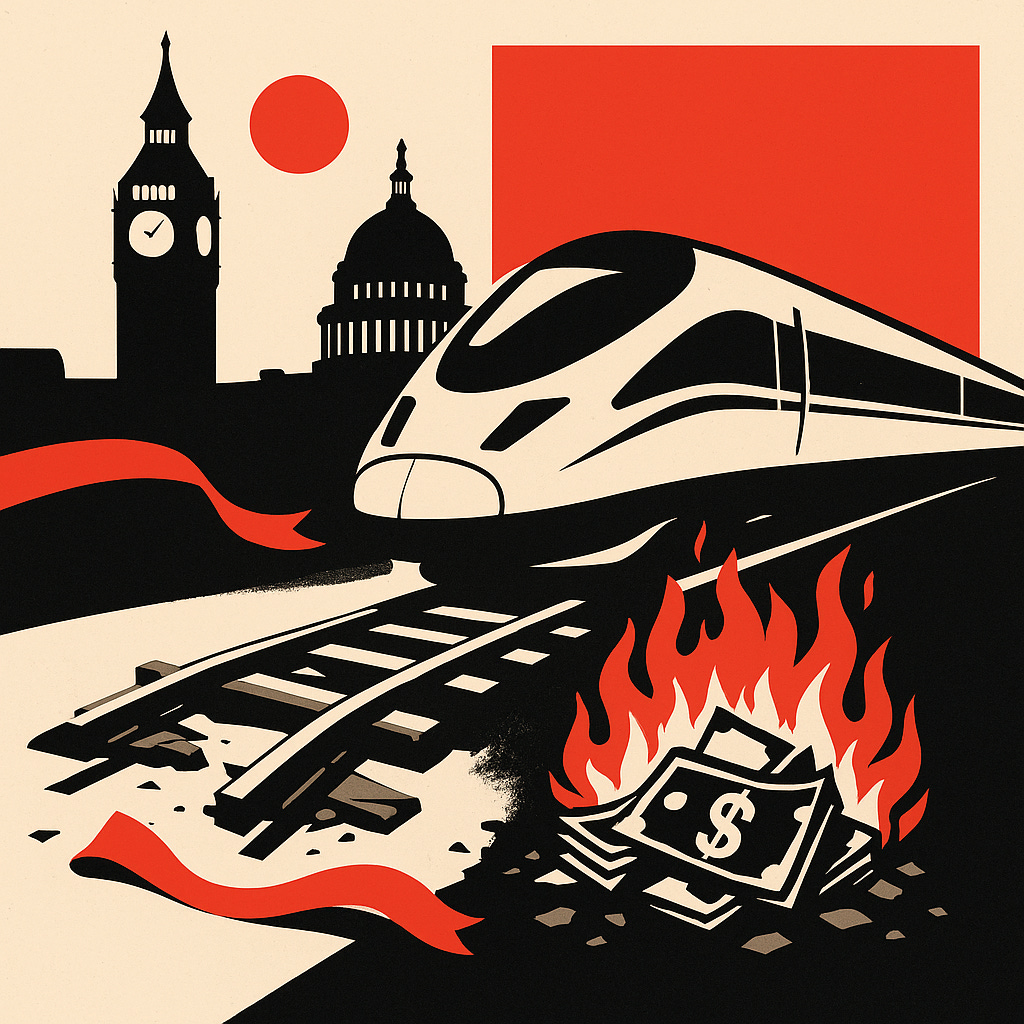
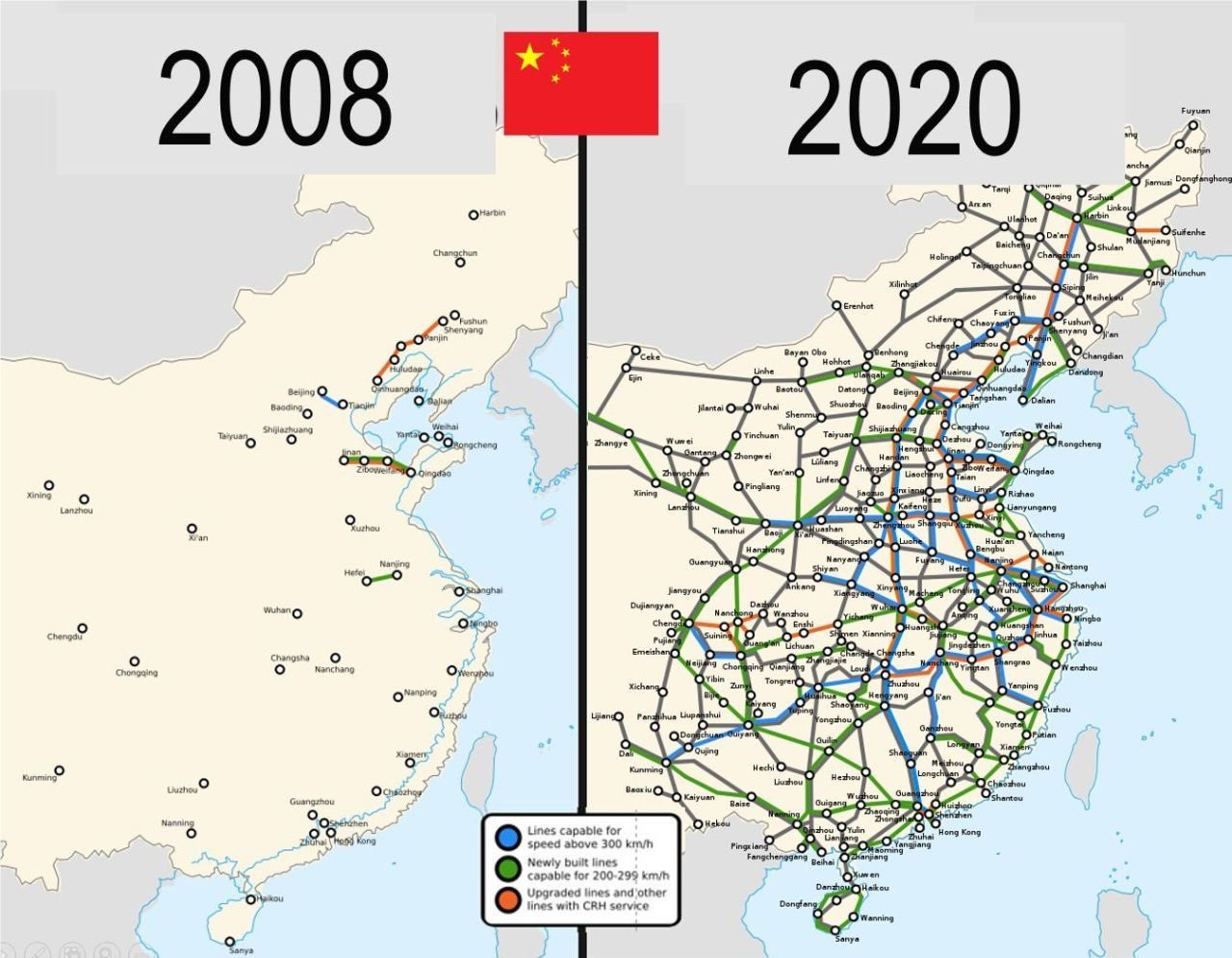
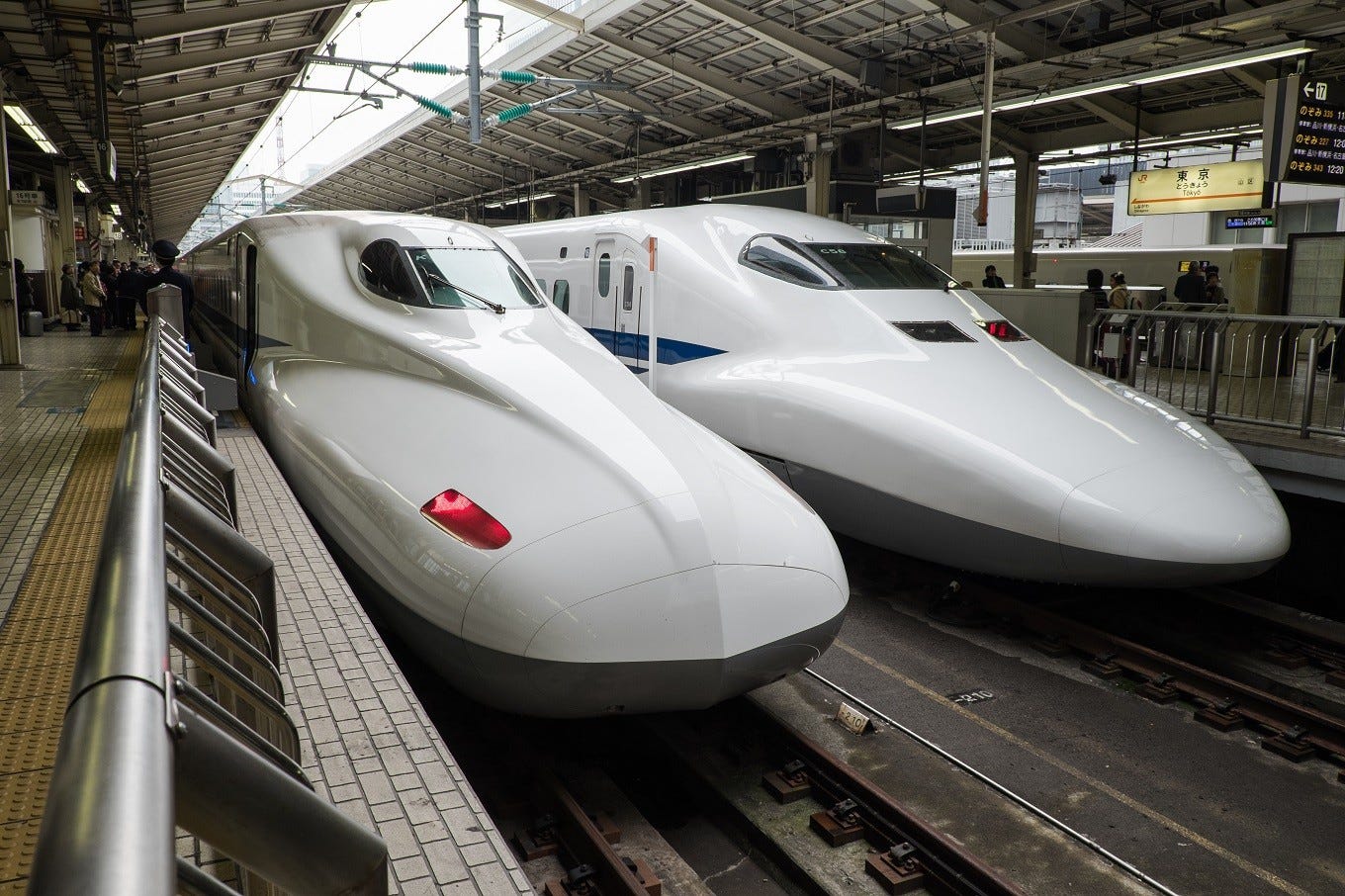
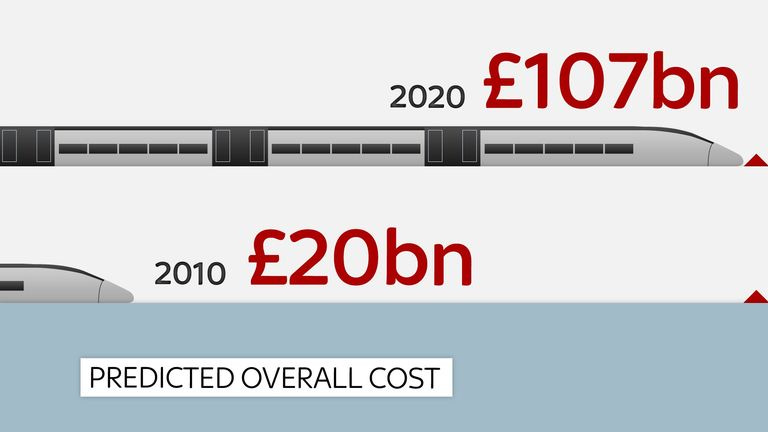
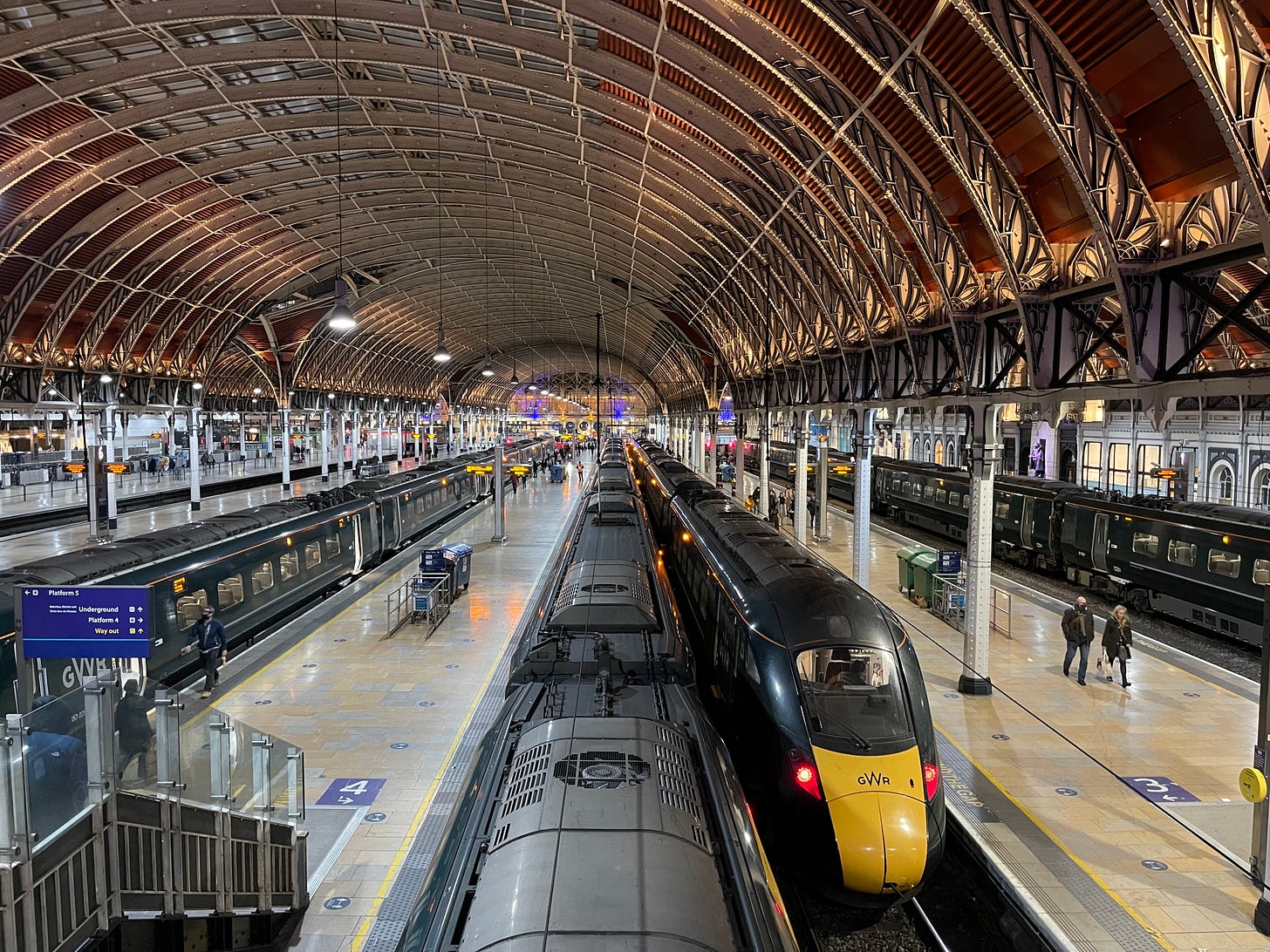
Hmm… you mentioned just 2 unsuccessful projects in the US and in the UK and conveniently didn’t mention other successful examples in democratic countries like Japan, Italy, France and Spain. Maybe the problem is not the democracy but something else?
I do agree that we should be pragmatic and invest into conventional railways too. The good example of such compromise is, for example, Yamagata and Akita Shinkansen lines, where JR East chose to convert existing narrow-gauge line into dual-gauge narrow+standard gauge to allow Shinkansen trains branch off from Tohoku Shinkansen line as well as allowing conventional trains use same tracks.
And of course in this Japanese person’s mind everything China does involves slavery and abuse. Not hard work and ambition. Coming from a person if Japanese descent that’s rich. Never mind that she hasn’t showed any proof of forced labour and land seizure from the Chinese govt.